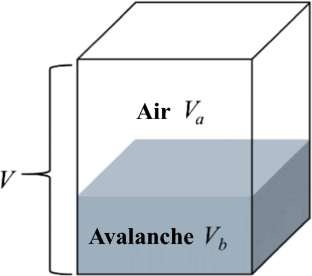Energy dissipative braking structures for avalanches evaluated by a full avalanche dynamic model
Abstract
Classical avalanche defending structures aim to catch and deflect the motion of avalanches, this paper proposes several types of step-pool-type and side braking structures to reduce the avalanche impact and investigates their energy dissipation efficiency. In our study, the adoption of µ(I) rheology into the framework of N–S(Navier–Stokes)-type governing equations enables the 3D (three-dimensional) description of the hard-to-predict dynamic properties of avalanche with low computational cost. In particular, our approach overcomes limits imposed with depth-averaged models currently used, and has the potential to capture the braking effect of these defending structures accurately. A numerical program was developed on the open-source platform OpenFOAM specifically for the full model to simulate the entire evolutionary process of the avalanche as well as the obstruction of braking structures. Laboratory experiments are also conducted to verify the simulation. Clearly, our analysis of different cases indicates that avalanches are effectively blocked by side and step-pool-type structures as well as baffle piles, whose energy dissipation effect are significantly affected by their configurations. Simulation results deliver supportive information for the design of avalanche defending structures.


 求助内容:
求助内容: 应助结果提醒方式:
应助结果提醒方式:


